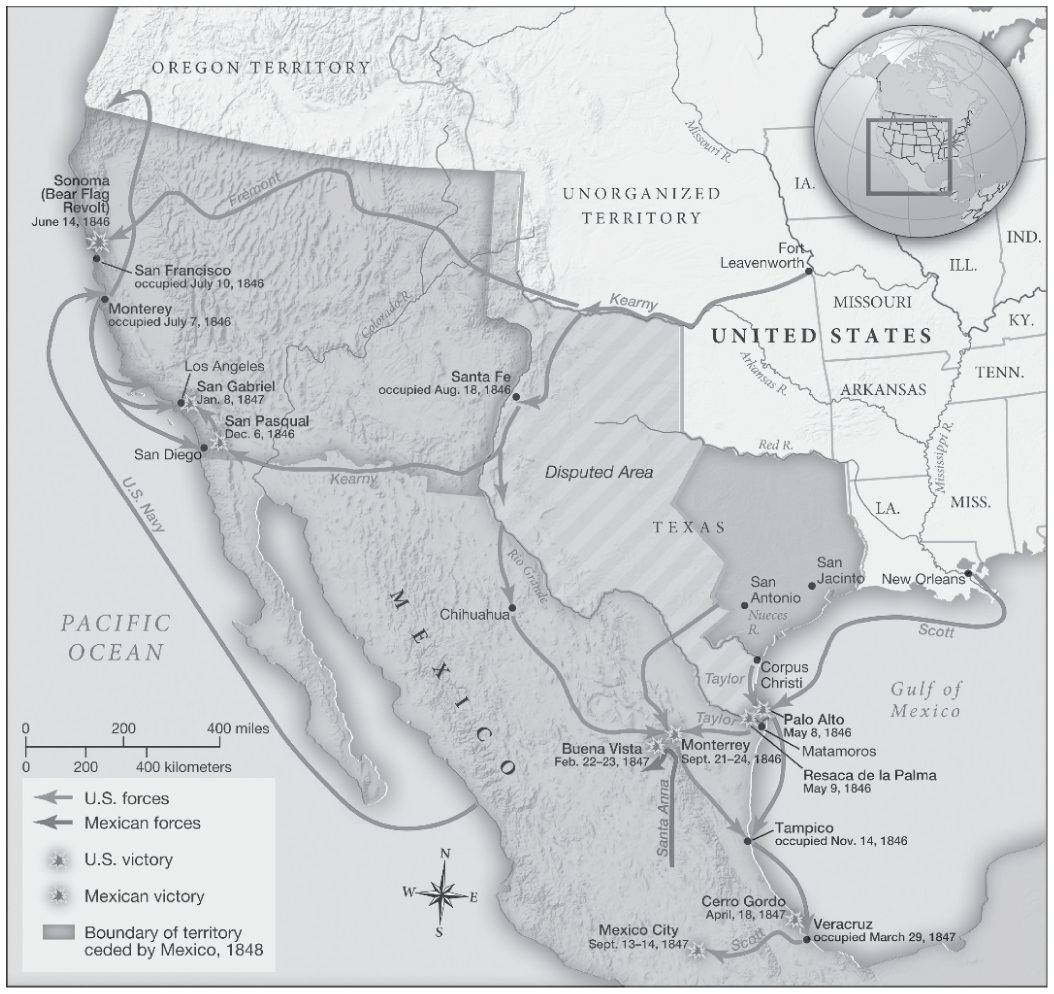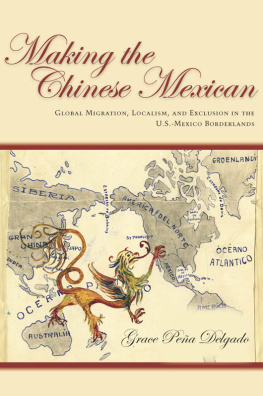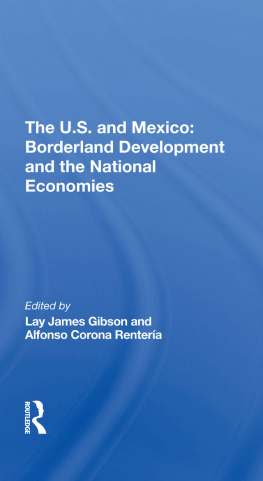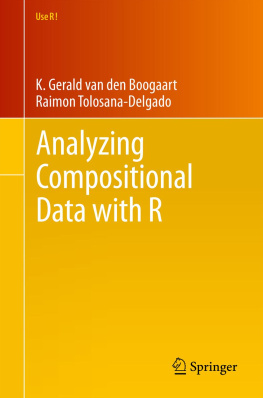Grace Delgado - The U.S. War with Mexico: Imperialism on the Borderland
Here you can read online Grace Delgado - The U.S. War with Mexico: Imperialism on the Borderland full text of the book (entire story) in english for free. Download pdf and epub, get meaning, cover and reviews about this ebook. year: 2020, publisher: Macmillan Higher Education, genre: Politics. Description of the work, (preface) as well as reviews are available. Best literature library LitArk.com created for fans of good reading and offers a wide selection of genres:
Romance novel
Science fiction
Adventure
Detective
Science
History
Home and family
Prose
Art
Politics
Computer
Non-fiction
Religion
Business
Children
Humor
Choose a favorite category and find really read worthwhile books. Enjoy immersion in the world of imagination, feel the emotions of the characters or learn something new for yourself, make an fascinating discovery.

- Book:The U.S. War with Mexico: Imperialism on the Borderland
- Author:
- Publisher:Macmillan Higher Education
- Genre:
- Year:2020
- Rating:3 / 5
- Favourites:Add to favourites
- Your mark:
- 60
- 1
- 2
- 3
- 4
- 5
The U.S. War with Mexico: Imperialism on the Borderland: summary, description and annotation
We offer to read an annotation, description, summary or preface (depends on what the author of the book "The U.S. War with Mexico: Imperialism on the Borderland" wrote himself). If you haven't found the necessary information about the book — write in the comments, we will try to find it.
Grace Delgado: author's other books
Who wrote The U.S. War with Mexico: Imperialism on the Borderland? Find out the surname, the name of the author of the book and a list of all author's works by series.
The U.S. War with Mexico: Imperialism on the Borderland — read online for free the complete book (whole text) full work
Below is the text of the book, divided by pages. System saving the place of the last page read, allows you to conveniently read the book "The U.S. War with Mexico: Imperialism on the Borderland" online for free, without having to search again every time where you left off. Put a bookmark, and you can go to the page where you finished reading at any time.
Font size:
Interval:
Bookmark:

The front cover has the text U S History at the top, The U S War with Mexico: Imperialism on the Borderland, at the center, and the authors name, Grace Delgado, and Bedford Document Collections at the bottom.
Copyright 2021 by Bedford/St. Martins
All rights reserved. No part of this book may be reproduced, stored in a retrieval system, or transmitted in any form or by any means, electronic, mechanical, photocopying, recording, or otherwise, except as may be permitted by law or expressly permitted in writing by the Publisher.
For information, write: Bedford/St. Martins, 75 Arlington Street, Boston, MA 02116
ISBN 978-1-319-37826-4 (ePub)

Bedford Document Collections
Grace Pea Delgado, University of California, Santa Cruz
What does the contest for lands at the U.S. border with Mexico reveal about Americas imperialist ambitions?
This unit challenges the idea that the War of 1898 was the first act of American imperialism and instead looks at the earlier U.S. war with Mexico (18461848) as a contest for lands occupied by Mexico and indigenous nations. Through careful analysis of the documents produced in the decades leading up to the war, you will learn about Mexicos shifting attitudes toward Americans, Americas visions of empire, and both countries attitudes toward the indigenous people who had long occupied these borderlands. You will also learn how the war was experienced by Texans of Mexican descent (tejanos). By analyzing texts and images with such different perspectives, you will gain an understanding of how historians interpret, assess, and contextualize primary sources. This unit will also add to your understanding of the diversity of the American experience at its southern border and of the present in a historically based context.
At its most basic level, imperialism can be understood as an act of aggression by a nation seeking sovereignty or dominion over another independent political entity. Nations gain authority over other nations mostly through wars or through treaties designed to avoid wars over disputed territorial boundaries. Imperialism works alongside an ideology of racial supremacy that views subject people of different ethnicities and cultures as racially inferior.
The U.S. war with Mexico has its origins in American westward expansionism. Prior to the decades of the 1830s and 1840s covered in this unit, the United Statesonce it had secured its own sovereignty from Great Britainacquired one-third of its land mostly through treaty agreements with imperial powers such as France and Spain. In 1803, for example, the United States purchased 827,000 square miles west of the Mississippi River from the French government for $15 million, a deal known as the Louisiana Purchase. In making the purchase, President Thomas Jefferson argued that the prosperity of the American republic depended upon the availability of land for small farmers whose wholesome, self-sufficient, and simple lives made them good honest citizens. However, plantation owners, who ran large-scale agricultural operations with the labor of enslaved people, also saw opportunity in the lands Jefferson purchased, setting the stage for the contest over free versus slave states that would culminate in the Civil War.
Beginning in the 1830s, U.S. diplomacy gradually gave way to the use of direct military force to acquire land. With the Indian Removal Act of 1830, the United States began the process of seizing Indian lands for Anglo-Americans, focusing at first on indigenous lands east of the Mississippi and using the military to enforce compliance. The idea of the United States as a transcontinental nation took hold in the American imagination, despite the fact that the Southwest and West largely belonged to Mexico. A series of events, from the Texas rebellion to establishment of Dragoons (cavalry troops) on the western border to the growing western migration of Americans by way of the overland trails, saw Americans push deeper into Mexican space. With the election of James K. Polk as president in 1844, an expansionist agenda took center stage.
| TIMELINE | |
| 1821 | Mexico wins its independence from Spain, ending a ten-year war with the imperial forces. |
| 1822 |
|
| 1824 | The Mexican government passes the National Colonization Law. |
| 1829 | Manuel Mier y Tern writes Letter to War Department, warning about Anglo immigrants from the United States. |
| 1830 |
|
| 1836 | Texas rebels against Mexico, defeats Mexican army, and declares independence. The Mexican government does not recognize the treaty between General Santa Anna and the Texans. |
| 1844 | James K. Polk runs for president on an expansionist platform; wins. |
| 1845 |
|
| 1846 |
|
| 1848 |
|

The U.S.-Mexico War, 18461848
The U S movements are as follows.
From Fort Leavenworth Kearney troops moved west across unorganized territory then south to Santa Fe. From Santa Fe they then split into two routes, one toward the Rio Grande through disputed territory, into Chihuahua, then moved southeast to Buena Vista. Another moved west to San Pasqual and north to San Gabriel. Friemont began in unorganized territory northwest toward Oregon Territory then veered southwest to Sonoma. Another offensive by Scott traversed from New Orleans along the coast of Louisiana and Texas via the Gulf of Mexico to Corpus Christi then south to Tampico. Scott then moved on to Mexico City via Veracruz. Taylor began at Corpus Christi south to Palo Alto, then west to Monterey. The U S Navy navigated from the west coast of Mexico around the coast landing at Monterey. From there, they moved south to Los Angeles, San Gabriel, and San Diego. Troops also left Monterey to go north to Oregon territory and turned back south.
Font size:
Interval:
Bookmark:
Similar books «The U.S. War with Mexico: Imperialism on the Borderland»
Look at similar books to The U.S. War with Mexico: Imperialism on the Borderland. We have selected literature similar in name and meaning in the hope of providing readers with more options to find new, interesting, not yet read works.
Discussion, reviews of the book The U.S. War with Mexico: Imperialism on the Borderland and just readers' own opinions. Leave your comments, write what you think about the work, its meaning or the main characters. Specify what exactly you liked and what you didn't like, and why you think so.







